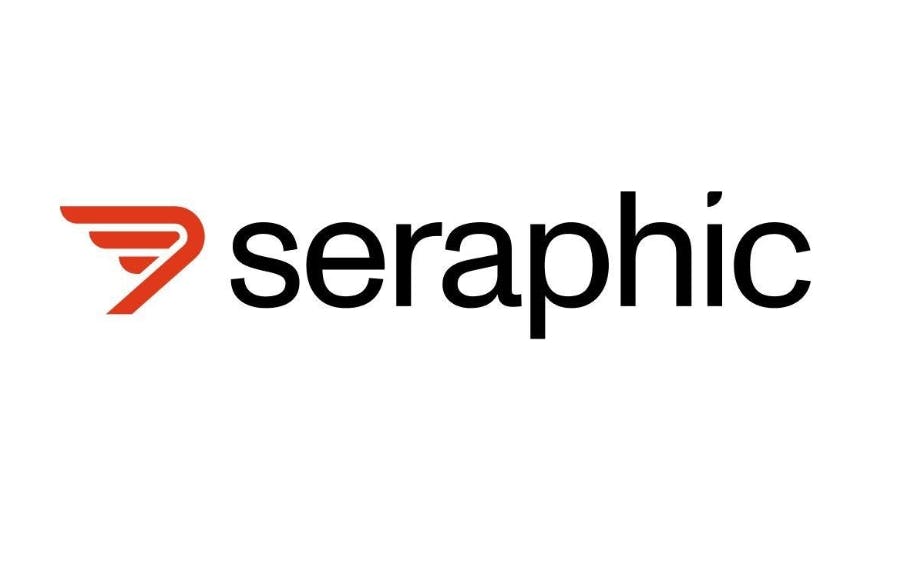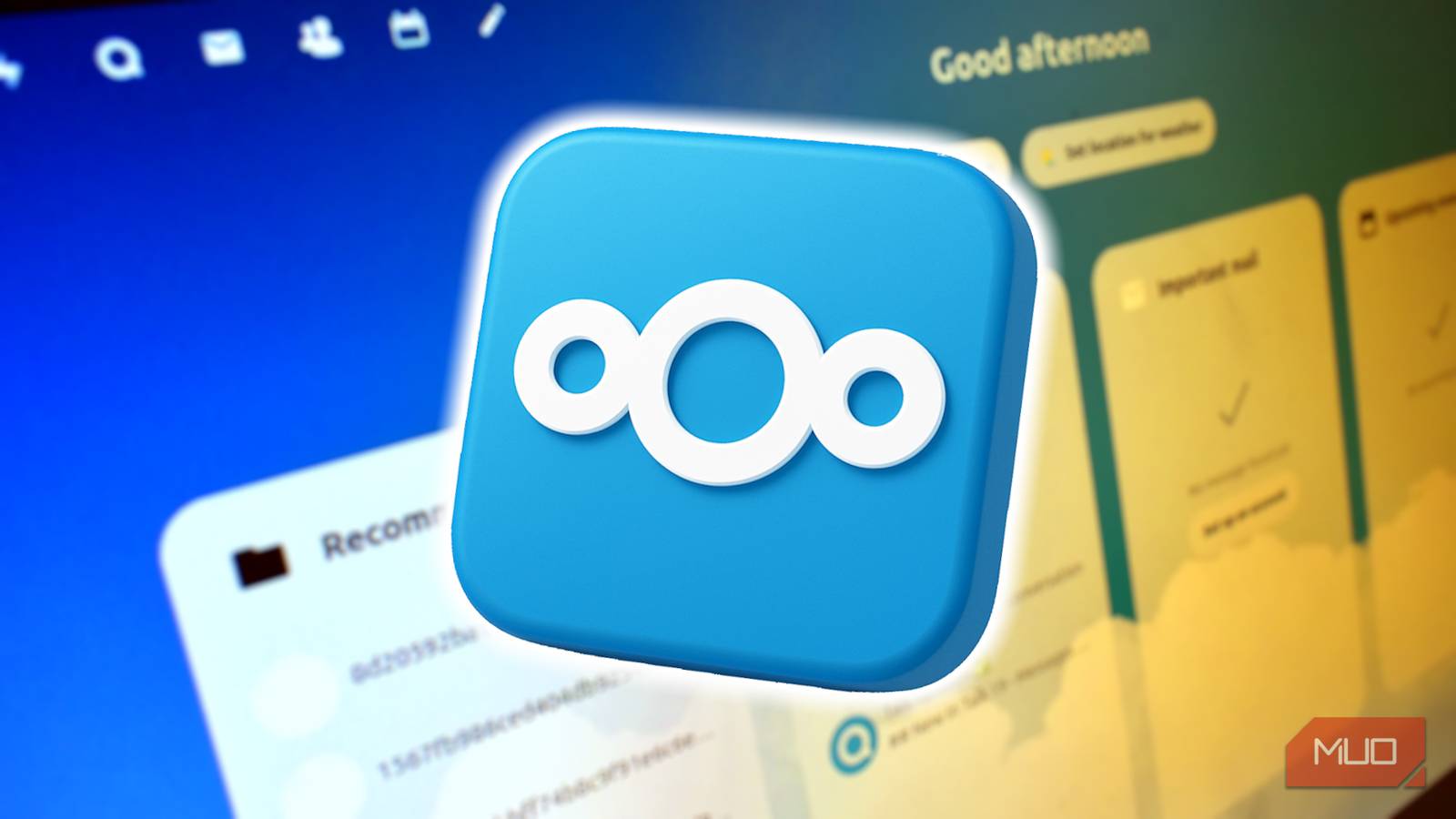If you’ve been using Windows for long enough, you’ve probably noticed that it’s always in a state of evolution. It never stays the same for too long. Every new version brings shiny tools, fresh layouts, and the occasional head-scratching redesign that makes you wonder why Microsoft ditched something that seemed perfectly fine.
Windows features we once depended on, or even loved, can vanish in the blink of an update, leaving something new in their place. So, which Windows staples have disappeared over the years, and what exactly stepped in to take their spot?
Internet Explorer for Microsoft Edge
Explored and was pushed to the Edge
For decades, Internet Explorer was the default way to get online on Windows PCs, and for a while, it was the only browser many people knew. However, as the web evolved, Internet Explorer fell behind. Sites loaded inconsistently, speed lagged, and security holes piled up. Microsoft tried to modernize it with later versions, but by the time Windows 10 arrived, Internet Explorer was already more of a liability than a selling point.
The replacement was Microsoft Edge. The first version, launched with Windows 10, ran on the company’s own EdgeHTML engine but struggled to gain traction due to compatibility issues and missing features. But then Microsoft rebuilt it from the ground up using Chromium, the same open-source project that powers Google Chrome, and that decision changed everything. Edge became faster, more secure, and far more compatible with modern websites. It now supports Chrome extensions, syncs across devices, and has AI tools baked in. Internet Explorer was officially retired in 2022, leaving Edge as the clear successor.
WordPad for Notepad
Half Word, half Notepad, fully gone
WordPad had been quietly living in Windows since 1995, always sitting somewhere between the no-frills Notepad and the full-featured Microsoft Word. It was the kind of program you used to type out school essays, open a document someone sent you, or jot down notes with some basic formatting.
But in 2023, Microsoft confirmed WordPad’s retirement. The reasoning was that it didn’t fit into Windows’ modern app ecosystem anymore, and its audience was shrinking. Microsoft suggested that we turn to Notepad for quick text editing or Microsoft Word for anything more advanced.
Interestingly, Notepad itself has been getting more love than ever before, with dark mode, formatting support, auto-save, and AI features that make it a good writing tool.
Cortana for Copilot
She could set a reminder, but not save herself
Do you remember when Microsoft wanted Cortana to be the digital assistant that rivaled Siri and Alexa? For a while, Cortana was embedded directly into the Windows search bar. You could ask it about the weather, set reminders, or even control settings with your voice.
The reality, though, was that Cortana never gained traction. People weren’t talking to their PCs as much as Microsoft expected, and Cortana never achieved the ecosystem reach that Siri or Alexa enjoyed. Over time, Microsoft peeled back its consumer features, eventually removing the standalone Cortana app in Windows altogether.
The replacement is now Copilot, Microsoft’s AI assistant powered by the same technology as ChatGPT. Copilot lives inside Windows 11 and Microsoft 365 apps, helping with tasks such as drafting emails, summarizing documents, or adjusting system preferences. Unlike Cortana, it’s not voice-first but optimized for typing and context-aware tasks, which is really a closer match to how most people actually use their PCs.
No more burning CDs
For years, Windows Media Player was the go-to app for pictures, music, and video. It was where I built playlists, ripped CDs, and watched movies on my PC. However, as formats changed and streaming services emerged, media players began to feel outdated.
Microsoft tried a few alternatives along the way, like Groove Music and the Movies & TV app, but none stuck. The current solution is simply called Media Player, which is a modern replacement introduced in Windows 11. This version supports more file types, has a cleaner design, and works seamlessly with both music and video collections.
For nostalgia’s sake, Windows Media Player still exists in Windows 11 under the name Windows Media Player Legacy, though it’s tucked away unless you specifically search for it.
Aero Glass for a flatter and more minimal design
Your GPU can finally rest
If you remember Windows Vista or Windows 7, you’ll recall Aero Glass. This glossy, translucent design made your Windows look like pieces of glass sitting together, with reflections, gradients, and blur effects. At the time, it felt very futuristic.
The trade-off, however, was performance. Aero demanded extra GPU and CPU power (and battery), and many people felt it was too flashy or resource-heavy, especially on lower-end machines. With Windows 8, Microsoft dialed back by stripping out most of the glassy borders, reflections, and gradients in favor of a flatter, cleaner aesthetic.
Windows 10 brought some of that visual depth back through its Fluent Design System, which introduced subtler transparency, Acrylic materials, and a greater sense of lighting and depth — but with more attention to performance. Windows 11 pushed this further, adding rounded corners, soft shadows, and materials like Mica to reintroduce depth and softness — without the performance hit that defined Aero in Vista’s era.
Windows Photo Viewer for Photos app
Click, open, done. Perfect
Windows Photo Viewer was fast, lightweight, and didn’t try to do much. If you double-clicked an image in Windows 7, Photo Viewer often opened nearly instantly, making it ideal for quickly browsing a folder of pictures.
However, with Windows 10, Microsoft made Photos the default image viewer. Unlike Photo Viewer, Photos packs in extra features such as basic editing (crop, rotate, brightness, etc.), automatic organization via Collections and Albums, and integrations such as “Ask Copilot,” “Edit with Designer,” Clipchamp, and OneDrive.
The downside is speed. Many users — including me — find that Photos takes longer to load, sometimes displaying blank or blurry previews before the image fully renders. Even though Microsoft has improved performance in recent updates, the older viewer still feels noticeably snappier.
Technically, Windows Photo Viewer isn’t gone entirely. If you upgraded from Windows 7 or 8.1, it may still be present (though hidden), and registry tweaks can bring it back. However, on clean installs of Windows 10 or 11, it’s effectively buried. Photos is now Microsoft’s intended replacement for everyday image viewing and light editing.
Another Windows feature could disappear tomorrow or the next day
The interesting thing about Windows is that no matter what Microsoft takes away, something always comes to fill the gap. Sometimes, the replacement feels like progress, and other times, it feels like a compromise, but it always reflects where computing is headed. Features aren’t just removed for the sake of it; they tell us what Microsoft thinks the future should look like.
And maybe that’s the point: Windows is never finished. The version you’re using today isn’t a final product but just another stop along the way. For all I know, by the time you’re reading this, Microsoft Edge could already have been replaced by something entirely new. Maybe Microsoft Explorer.














